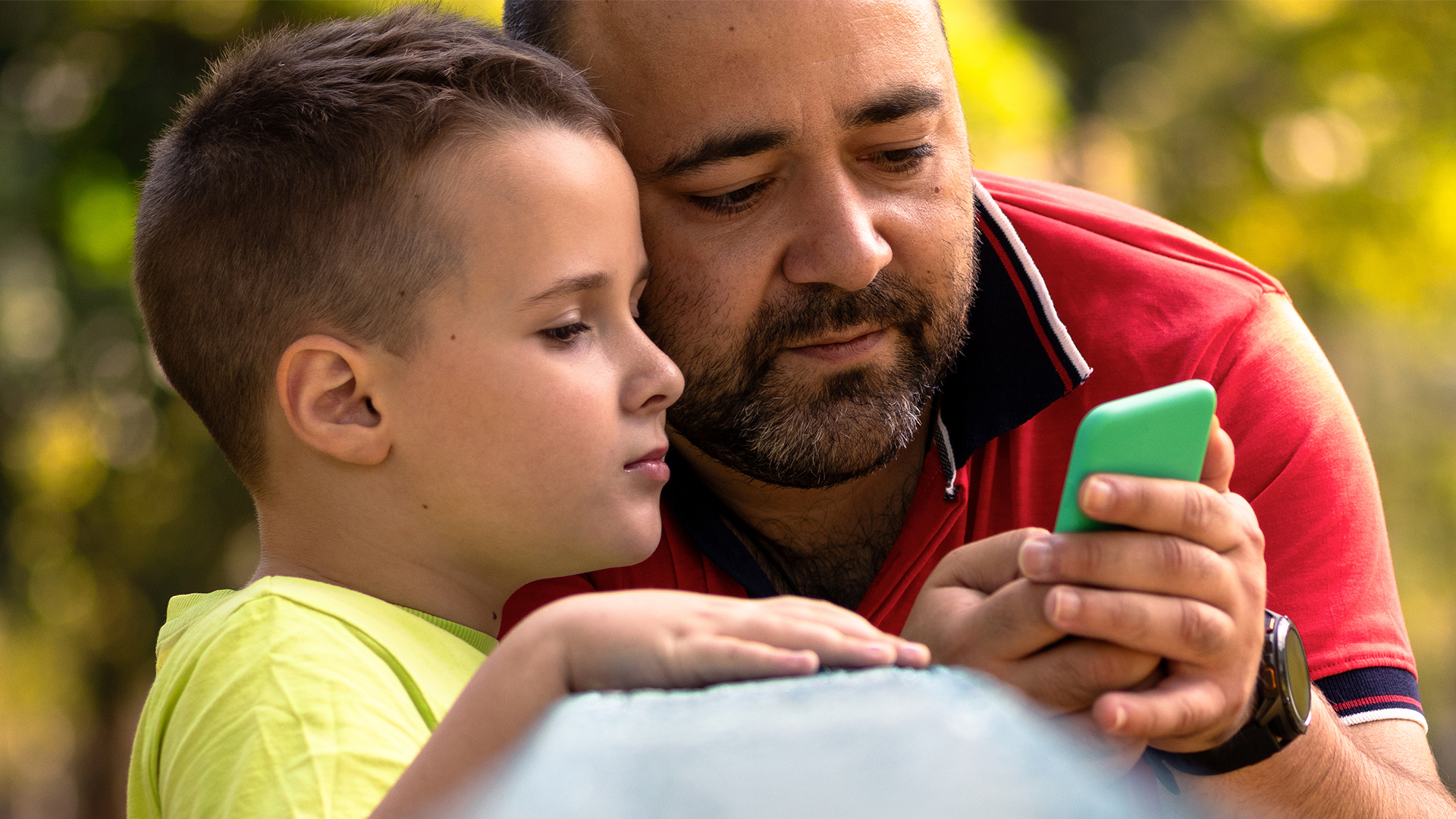Parental tools: a quick guide to getting started
Technology can feel complicated when you’re trying to help your child stay safe and happy online.
Devices, apps and games generally offer tools to help manage screen time, privacy and age-appropriate content. Knowing what’s available — and where to find it — can make things much easier.
Device-level tools
These are built into phones, tablets, laptops and games consoles.
They can be used to:
Set limits on daily screen time
- Restrict access to certain apps, games, or content
- Approve or block in-app purchases
- Track location or set usage schedules
Examples include Apple Screen Time, Google Family Link, and Xbox Family Settings.
Because these settings apply to individual devices, you’ll usually need to set them up on each one your child uses.
Platform-level tools
These controls are linked to the accounts your child may use in online apps and games. For example, TikTok, Roblox or YouTube.
Platform-level tools can help you:
- Manage privacy and communication settings
- Filter or restrict mature content
- Set time limits that apply across different devices
Account-based settings move with your child when they log in on different devices, which can make them easier to manage.
Third-party or cross-platform tools
Some parental tools platforms work across devices and specific apps at the same time.
They can include features such as:
- Web and app filtering
- Specific app blocking
- Activity and usage reports
- Screen time management across multiple devices
These tools generally require paid subscription, but can be useful for managing multiple devices from one place.
Choosing what works for you
Explore one or two tools and see what helps most with your family’s needs.
For advice on how to introduce tools, read How to use supervision tools (and get your child on board).

